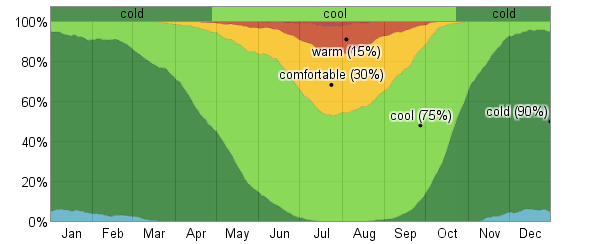GEOFF SHACKELFORD, has it right again!
USGA, ASGCA Partnering For Pro-Bono Design Services
I know what you're thinking, the USGA has been changing courses free of charge for decades.
But this is actually a program geared toward courses no hosting championships and hosting the everyday golfer. Certainly something like this is a long overdue use of the Green Sectionand of architects, though I do fear for courses receiving recommendations designed to generate pricey re-construction of greens to USGA specs.
What also is missing: the USGA maybe commiting some of its $400 million in reserve to the occassional restoration of a worthy muni. Oh well, a great start...
What also is missing: the USGA maybe commiting some of its $400 million in reserve to the occassional restoration of a worthy muni. Oh well, a great start...
FOR IMMEDIATE RELEASE
USGA, AMERICAN SOCIETY OF GOLF COURSE ARCHITECTS ANNOUNCE PARTNERSHIP
TO SUPPORT PUBLICLY ACCESSIBLE GOLF COURSES
FAR HILLS, N.J. (Dec. 8, 2015) – The United States Golf Association (USGA) and the American Society of Golf Course Architects (ASGCA) have launched a collaborative program to help publicly accessible golf facilities improve the design and maintenance of their courses and deliver a better experience for their customers.
Combining the expertise of ASGCA member architects and USGA agronomists, scientists and researchers, the program will provide pro bono consulting services to facilities that need assistance to achieve their goal of making their layouts more enjoyable and reducing their maintenance costs.
“Course design and maintenance form the foundation of a golf facility’s operations,” said Mike Davis, USGA executive director. “With the knowledge that the ASGCA and USGA can offer, more publicly accessible facilities will be able to strengthen this base, while promoting resource efficiency, a better golf experience and a stronger connection to the local community.”
Starting today, facilities can submit an application for the service, which will include an on-site evaluation, professional analysis and a report outlining recommendations for improvement. Recommendations can cover course design, agronomy, environmental stewardship and golf course operations, with the goal of lowering costs while also improving the golfer experience.
“The ASGCA, along with the ASGCA Foundation led by John LaFoy, is pleased to partner with the USGA on this initiative,” said Steve Smyers, president of the ASGCA. “Golf facilities have long benefited from the efforts of ASGCA members and USGA agronomists. Collaboration between our experts will have a positive impact on the facilities we support. ASGCA members are excited and proud to bring their expertise to this program.”
Interested facilities must submit an application by one of three deadlines over the coming year: March 15, Aug. 15 or Dec. 15. The application can be found here.
Canal Shores Golf Course, a community-owned and operated facility in Evanston, Ill., is the first course to receive a pro bono evaluation through the program.
“This has been an incredible opportunity,” said Jason Way, of the Canal Shores planning committee. “We have some great ideas about how to improve the course, but the assistance from the USGA and the ASGCA allows us to get past the initial planning process, so we can move forward with our vision for making Canal Shores a multi-use community green space that the maximum number of people can enjoy.”
Selected facilities must express a willingness to carry out the recommendations from the USGA and ASGCA. Facilities will be expected to track and report the effectiveness of their improvements based on specific metrics.
A video that shares more detailed information on the program and Canal Shores can be found at usga.org via the following link.
The partnership complements the USGA’s course consulting services, which deliver implementable solutions to support a healthier future for golf facilities. In October, the USGA also announced a five-year master research partnership with the University of Minnesota to study and develop solutions to golf’s present and future challenges, including environmental sustainability.
The video features Hunki Yun explaining the program from the USGA's new Far Hills TV set. Love the echo chamber vibe!
Here is the application page.
Here is the application page.
My Comments:
Geoff,
I don't know whether we should laugh or cry. It's kind of like hearing those words, "We're the government and we're here to help." "We're the USGA and the ASGCA and we're here to help." A bit of skepticism is warranted.
Hopefully, these "agronomists" will steer courses away from building USGA greens. In my opinion, the USGA green is a costly mistake and is the highest source of pollution per square foot of turf in the world.
My thoughts on USGA greens:
http://aggca.blogspot.com/2010/02/usga-greens-and-emperors-new-clothes.html
I don't know whether we should laugh or cry. It's kind of like hearing those words, "We're the government and we're here to help." "We're the USGA and the ASGCA and we're here to help." A bit of skepticism is warranted.
Hopefully, these "agronomists" will steer courses away from building USGA greens. In my opinion, the USGA green is a costly mistake and is the highest source of pollution per square foot of turf in the world.
My thoughts on USGA greens:
http://aggca.blogspot.com/2010/02/usga-greens-and-emperors-new-clothes.html
 Armen Suny
Armen Suny



